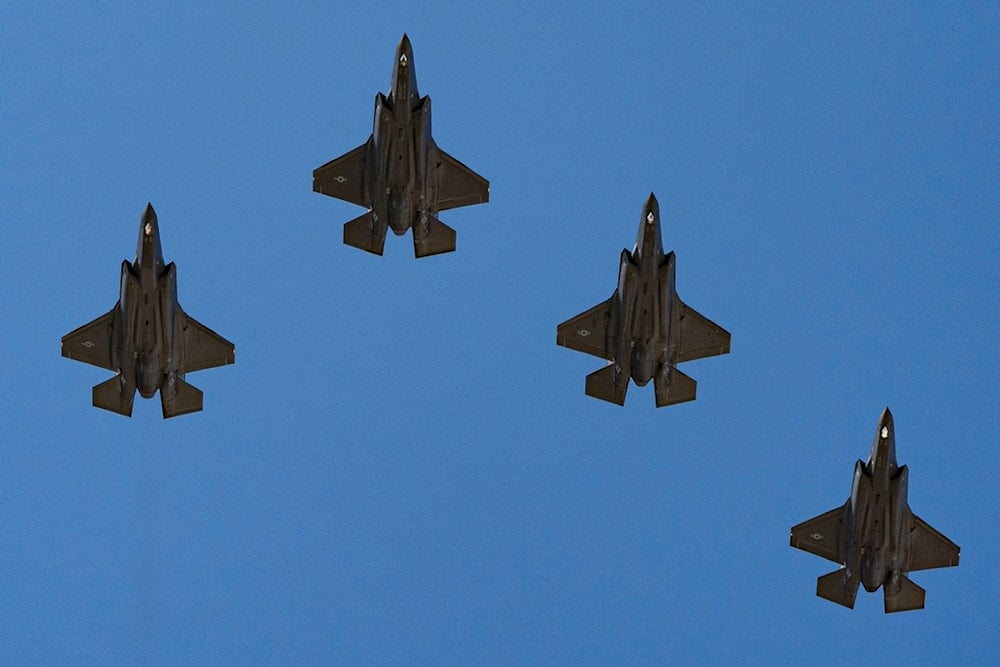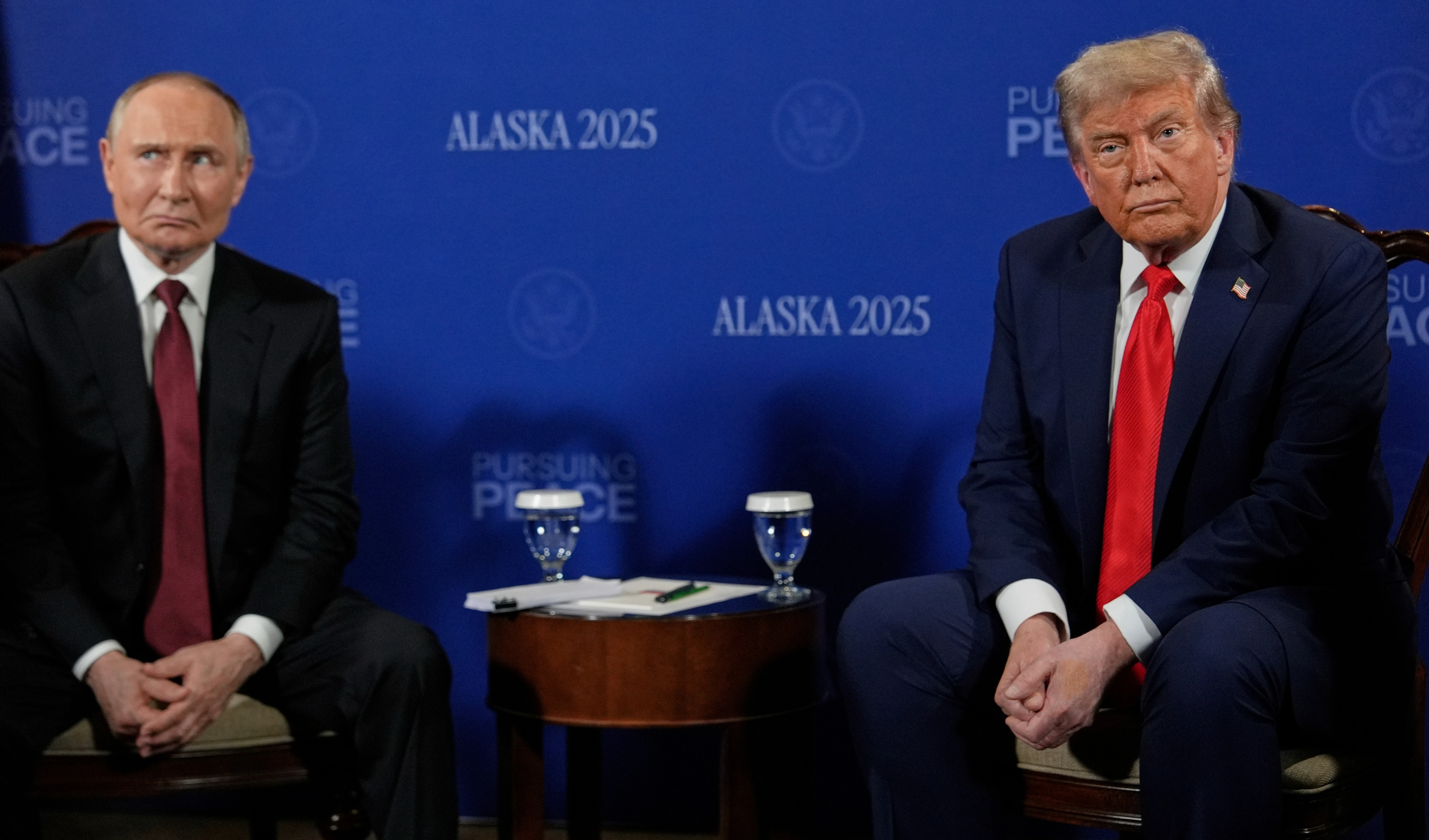US admits F-35 program failure after decades and trillions spent
A new Pentagon report admits the F-35 will never achieve its promised capabilities, exposing a $2 trillion defense failure and shaking confidence in the US military’s weapons program.
-

A squadron of US Air Force F-35 Lightning II aircraft fly over as US President Donald Trump greets Polish President Karol Nawrocki at the White House, Wednesday, September 3, 2025, in Washington. (AP Photo/Alex Brandon)
Nearly 25 years after awarding Lockheed Martin the contract to build the Joint Strike Fighter Program, Responsible Statecraft analyst Dan Grazier says that the US government has finally admitted that the F-35 will never achieve the combat capabilities it was designed to deliver.
A new Government Accountability Office (GAO) report released last month details the program’s ongoing issues and includes a key acknowledgment: “The program plans to reduce the scope of Block 4 to deliver capabilities to the warfighter at a more predictable pace than in the past.”
Grazier says that this statement, while phrased bureaucratically, is a quiet admission that the F-35 will not meet its original goals. “Reducing the scope of Block 4” effectively means that planned combat capabilities are being abandoned.
The Joint Strike Fighter Program began in the early 2000s as the Pentagon’s most ambitious weapons development initiative, a single aircraft platform meant to serve multiple branches of the US military and allied nations.
Read more: Lockheed records surge in missile sales as Ukraine war drives demand
However, as the GAO report notes, many of the F-35’s core design elements remain incomplete. Officials were unable to finish the jet’s baseline development on time or within budget. Instead of admitting failure, they rebranded the process as the “modernization phase,” also known as Block 4, to mask ongoing design work.
Grazier says “reducing the scope” of this modernization effort confirms that many of the F-35’s touted features in areas like electronic warfare, weapons integration, and navigation will never materialize.
Lockheed Martin’s 'modernization' phase masks ongoing failures
The decision marks a stunning reversal for the Pentagon, which for years defended the F-35 as the future of aerial warfare. With costs exceeding $2 trillion, the program has become the most expensive weapons project in history.
For two decades, Lockheed Martin and US military officials promised a revolutionary fighter jet that would ensure American air superiority for generations. Instead, the GAO findings reveal a project mired in delays, performance shortfalls, and spiraling expenses.
The report also highlights how the Pentagon reclassified unfinished development work as “modernization” to secure continued funding and avoid scrutiny from Congress.
Fallout for US allies and global weapons sales
Grazuer states that the ramifications of the F-35’s shortcomings go beyond wasted money. 19 countries have purchased or plan to operate the aircraft, including the United Kingdom, Norway, and Italy, many of whom were partners in the program from the outset.
These nations invested heavily, expecting the world’s most advanced fighter jet. Instead, they now face rising costs and reduced performance. For allies that committed billions based on Washington’s assurances, the admission could strain future defense spending cooperation and arms sales.
If the US military cannot deliver the promised technology, Grazier says skepticism toward future US weapons programs may grow, reducing trust in the country’s defense industry.
Read more: 200+ orgs urge nations to halt supply of F-35 parts to 'Israel'
A symbol of flawed defense spending and mismanagement
The Responsible Statecraft report says the F-35 program has become a cautionary tale of overreach, that of an effort to design one aircraft to meet the needs of multiple branches and allies, while serving political and industrial interests at home.
As critics note, trying to build a single jet to satisfy at least 15 militaries worldwide was doomed from the start. What was intended as a triumph of innovation has turned into a $2 trillion emblem of waste, inefficiency, and failed accountability in US defense policy.
For the Pentagon and Lockheed Martin, Grazier says the F-35 may not stand as the future of warfare, but as a monument to the limits of ambition and the dangers of unchecked defense spending.
Read more: Spain, Switzerland, India reconsider F-35 purchases amid US tariffs

 4 Min Read
4 Min Read










